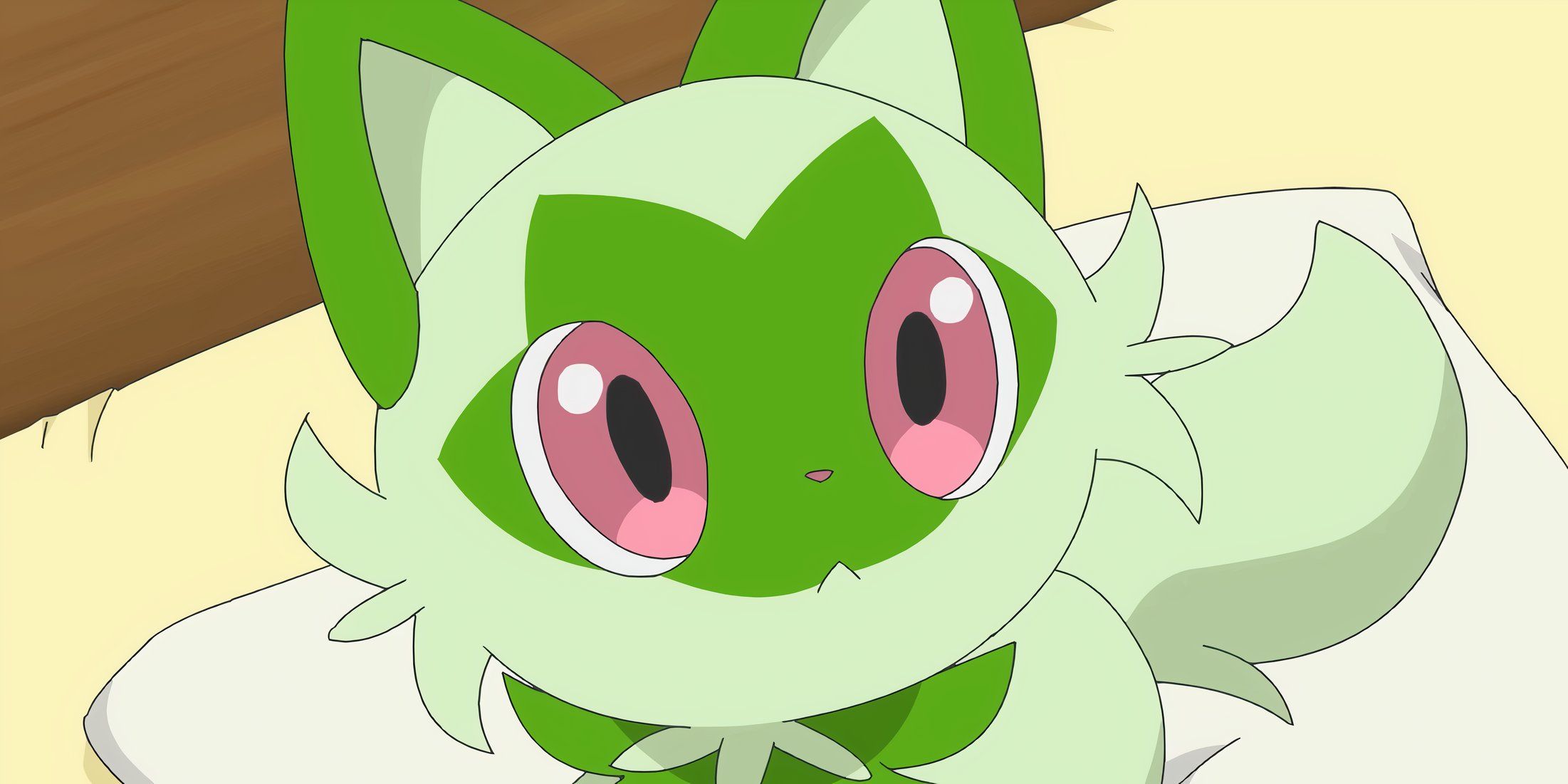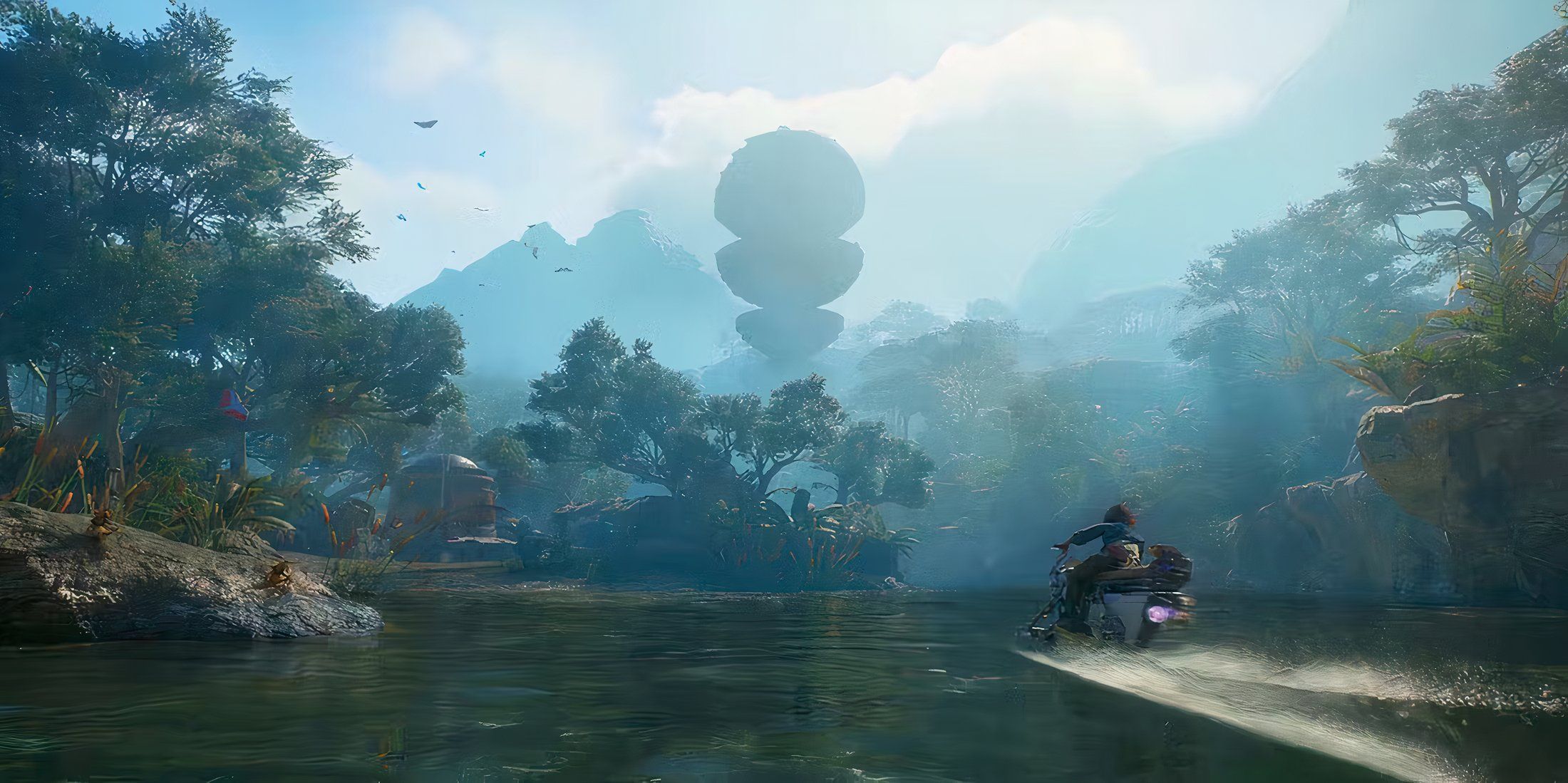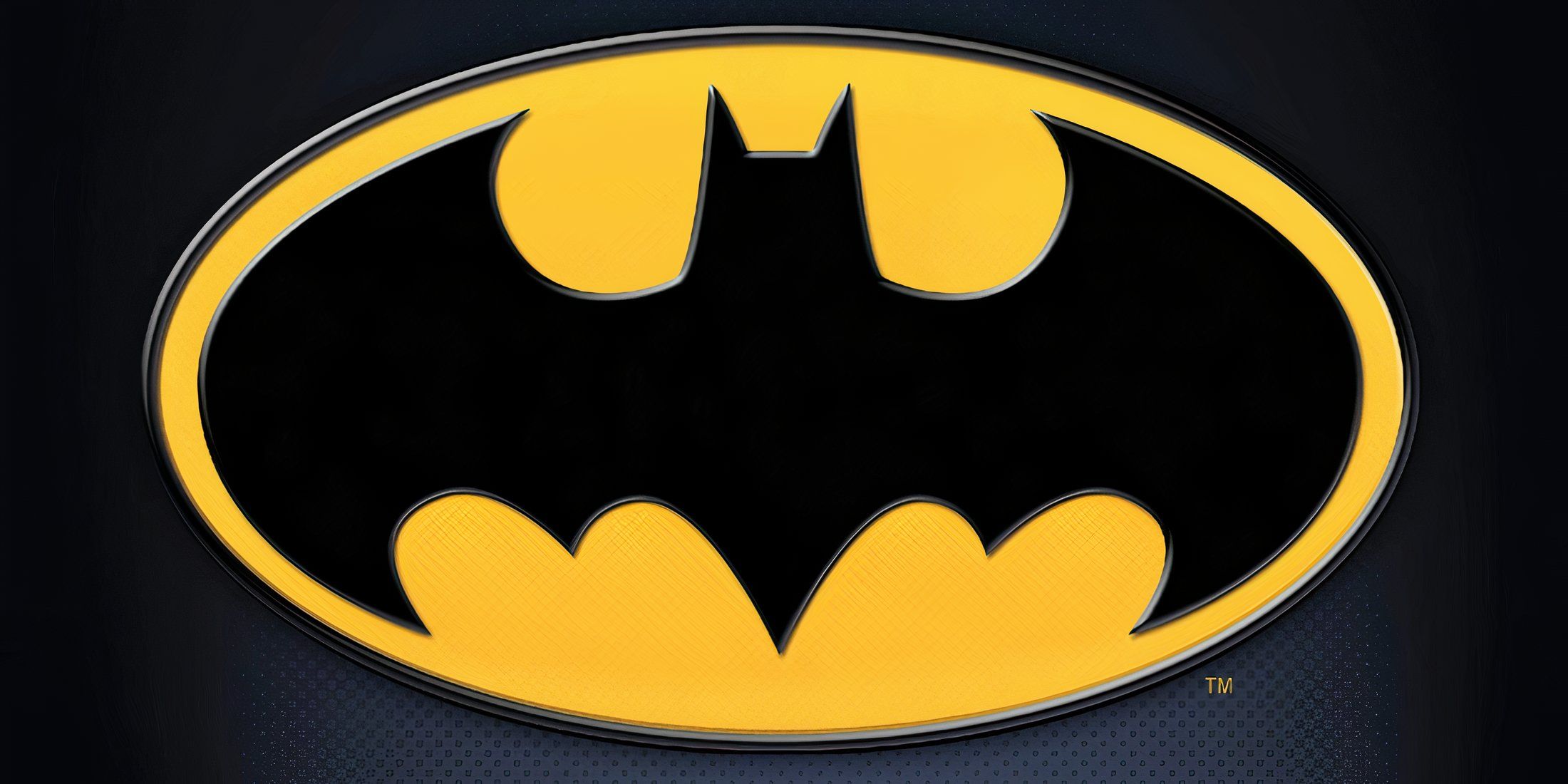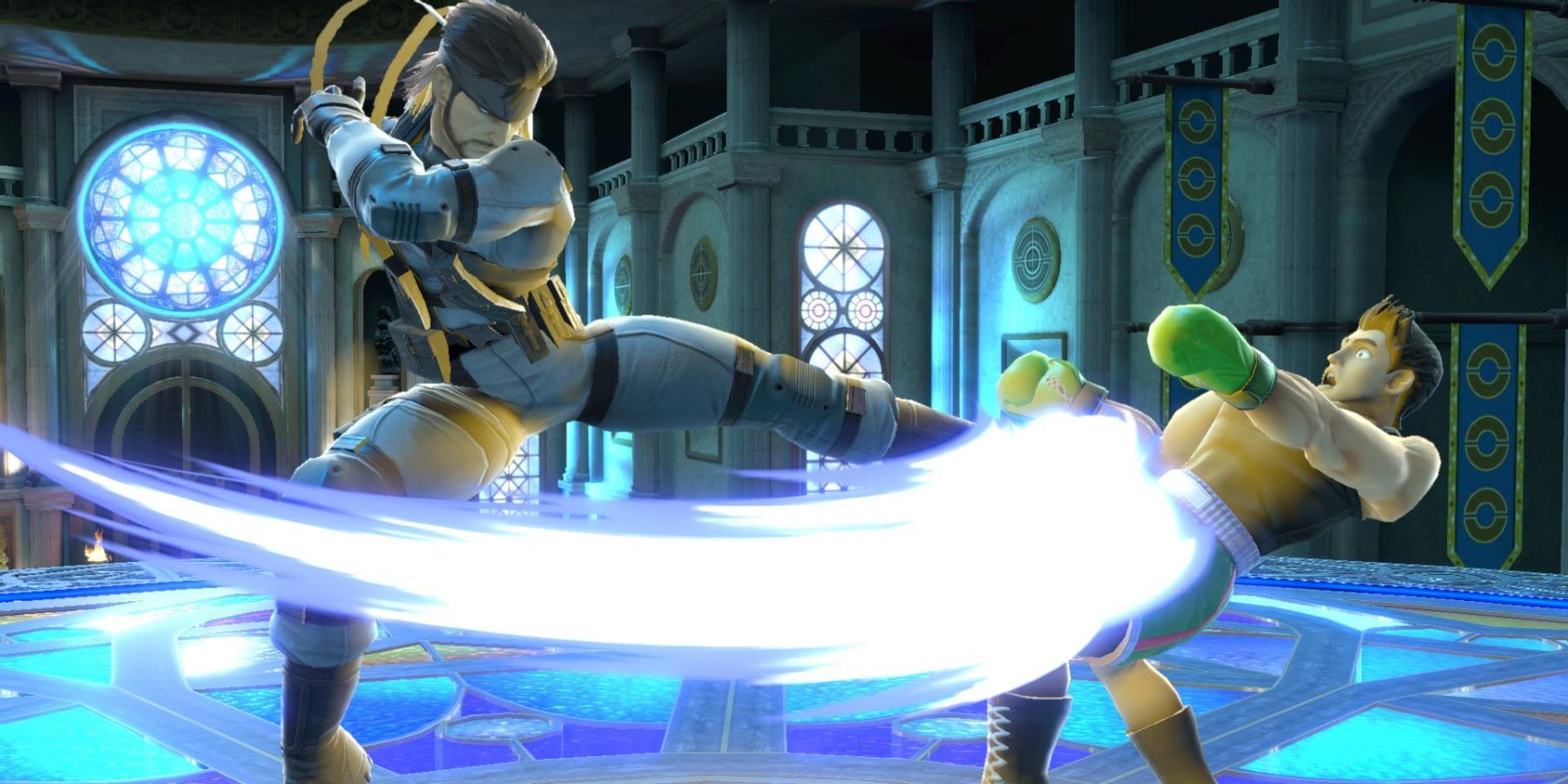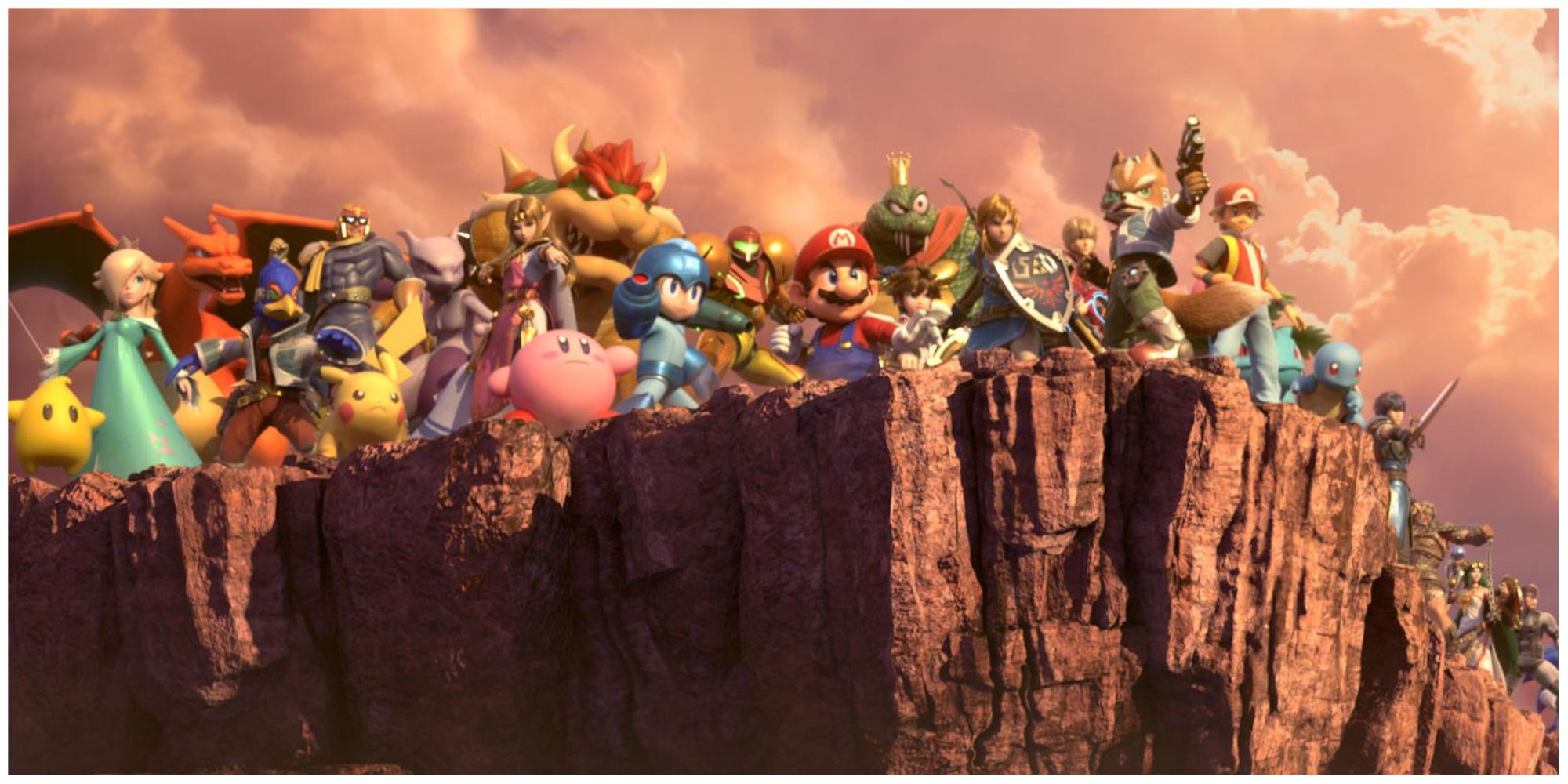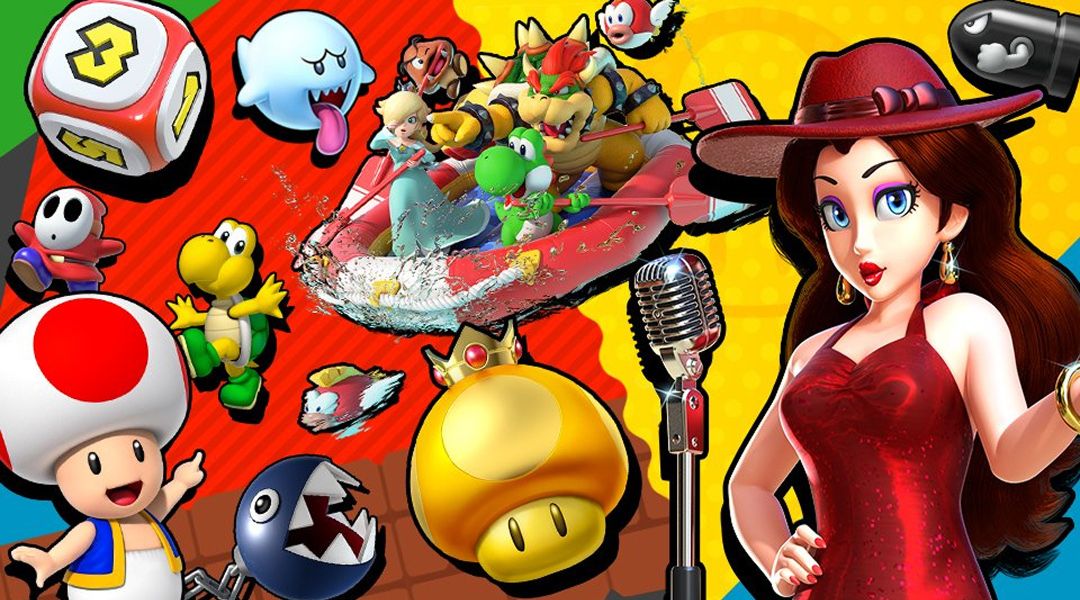Over the years, Super Smash Bros. has been called many things. Its games are platform fighters, competitive fighting games, party games, and a celebration of the gaming industry. Now, in the era of Super Smash Bros. Ultimate, the series is still the name to beat when it comes to industry-wide appeal. The platform fighter genre is seeing more big-name releases than ever, but it's an unspoken guarantee that Super Smash Bros. Melee and Super Smash Bros. Ultimate will still get the most play.
Super Smash Bros. Melee is set in stone as a gaming cultural icon, and Super Smash Bros. Ultimate's roster has accomplished impressive feats that may never be seen again. While the reality of the situation may be discouraging, other fighting games should still look to Super Smash Bros. for guidance. This series has been getting a lot of things right since its inception, and while each entry has different strengths, Ultimate may be the most condensed example of all that Smash has done well.
Emulating Smash Ultimate's Character Additions
Not every game can manage Ultimate's "Everyone is Here" slogan. Super Smash Bros. Ultimate was built upon every entry that came before it, and its gimmick of bringing back every character was a big ask. Fighting game franchises often build new installments from the ground-up, so keeping all old content around isn't necessarily an option. Several titles have emulated this, like the Tekken Tag Tournament games, while others like Guilty Gear XX and the BlazBlue franchise behave more like single games with years of updates. Carrying on the roster momentum it has had since the N64 with legendary additions coming through Fighters Passes, there's no topping Smash Ultimate in this regard.
However, that doesn't mean other fighting games shouldn't try. The largest ones should keep in mind what Super Smash Bros. discovered back in the Brawl days: guest characters are exciting. Not every game can afford them, but just having one show up can be a major marketing move. Console Tekken 7 launching with Street Fighter's Akuma in its base roster contributed to the game getting a solid start, allowing it to become a runaway success later on. Fighting games do seem to be more receptive to this practice, but as Smash Ultimate has shown, there's always room for more.
Super Smash Bros. Ultimate Offers Plenty To Do
The same can be said for the rest of Nintendo's package. Having modes that keep players engaged is important, and an issue that the fighting game genre has traditionally struggled with. Super Smash Bros. is a notable exception, even if there have been some losses in single-player content over the years. Although Super Smash Bros. Ultimate lacks Target Smash and didn't launch with Home-Run Contest or a Stage Builder, it still managed to include an assortment of modes, including a tightly designed Classic mode with bespoke challenges for every character and the World of Light narrative.
World of Light and the Spirit Board come off as cheaper than Melee's Adventure mode and Brawl's Subspace Emissary, but they are a good example for other fighting games to make engaging single-player content without many new assets. They're close to Soulcalibur 3's Chronicles of the Sword mode in this regard, and have a similar effect of keeping fans coming back, regardless of whether they unlock anything affecting the core experience. Combined with tight gameplay that is easy to learn but hard to master, most fighting games should be set. Since there's a good chance they'll also come out with better netcode than Super Smash Bros. Ultimate, following its example is a solid road to success.
Super Smash Bros. Ultimate is available now on Nintendo Switch.

